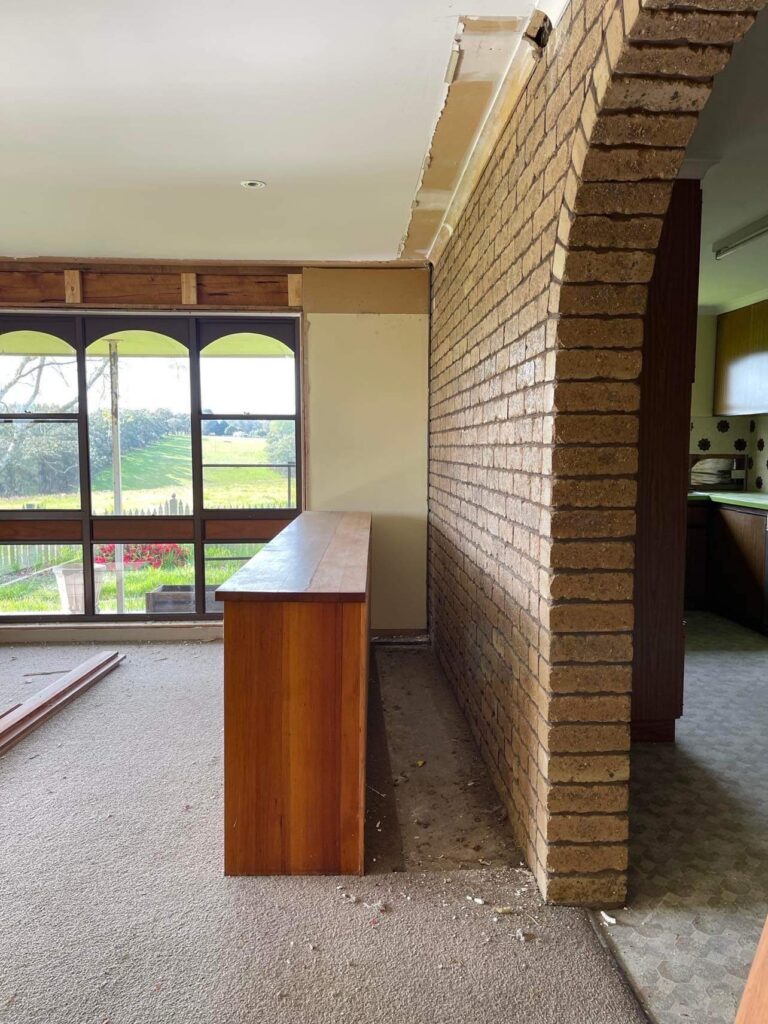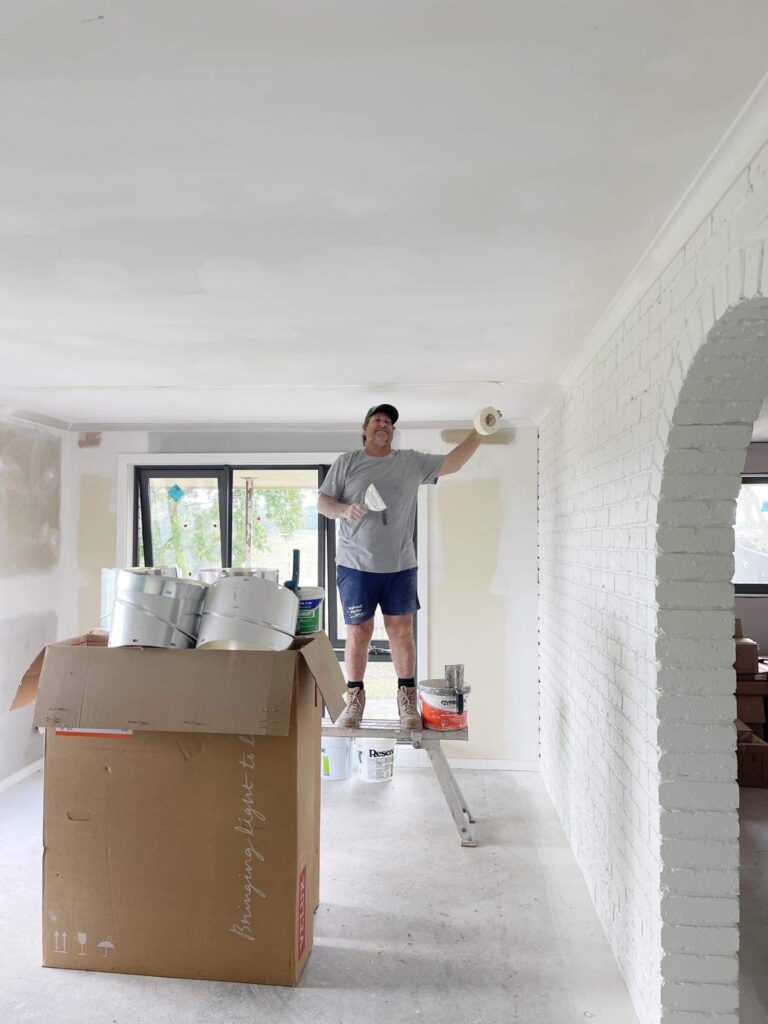Thanks to popular home renovation shows (like The Block) and endless Pinterest images of gorgeously styled rooms, our awareness of interior design has increased. However, have you ever wondered, “What does an interior designer do?”
While every project demands something unique of an interior designer, in this article, I hope to help you better understand what an interior designer is, what they do and when you should consider working with one.
What is an interior designer?
An interior designer is responsible for balancing function and form to create beautiful spaces that enhance the overall quality of life for those who use them. They work closely with builders and architects, offering expertise in spatial planning, colour schemes, lighting, and furniture arrangement to help pull a project together. An interior designer must have a good understanding of design principles, building codes, and the latest design trends, as well as excellent communication and project management skills.
What does an interior designer do day-to-day?
Although you’d be forgiven for thinking an interior designer is simply responsible for making a space look good, they have a deep understanding of design and functionality. A typical interior design project may include the following responsibilities.
- Meet with clients to understand their goals and the desired design brief.
- Develop initial design concepts and plans to reflect the client’s personal style and tastes.
- Select and specify materials, furniture, lighting, and other fittings and fixtures.
- Create 2D or 3D sketches, drawings, or computer-aided design (CAD) plans
- Present design ideas to clients and make any necessary revisions
- Coordinate and oversee the installation of the design elements
- Ensuring the project stays within budget
- Meet building codes and safety regulations
- Sourcing and purchasing decor, furniture, and other design elements
- Staying up-to-date with the latest design trends and technologies
- Managing multiple projects at once and meeting project deadlines.
- Liaising with architects, builders and other trades

Example Interior Design Case Study
Project Name: Colac Farm House
Brief: Elevate this 1980s farmhouse into a beautiful, welcoming, well-light functional space.
The house itself has great bones and served as a well-loved family home for thirty years, but the interiors are outdated, and the whole place is in much need of a makeover (along with the added challenge of asbestos to deal with 😵).
Plan:
- Non-structural demolition, including striping out the flooring, skirting boards and cabinetry
- Update bedrooms, bathroom, kitchen, Living, Dining, Laundry and hallways
- Inject life back into the home with neutral and earthy colours, fittings and fixtures that won’t date easily
- Create warm, cosy and inviting common areas with contrasting textures and furnishing elements
- Manage projects as well as provide interior design services
Interior Design Tasks Included:
- Meet with clients to understand design goals, functional requirements and budget.
- Sourcing building and trades team (plus arranging and organising asbestos removal)
- Council approvals for renovations and site works
- Designed draft plans, created mood boards for each main space, and met with clients several times to refine plans and drawings.
- Sourced samples for clients to review, e.g. roofing, tiles, colours, cabinetry, door handles etc.
- Resourced various material and cabinetry options to adhere to clients’ budget
- Created a detailed list of fittings and fixtures in line with budget and ordered required materials for trades teams, e.g. tiles, paint, vanity, toilets, windows and doors, cabinetry etc.
- Oversaw trades on site, contacting between work to ensure tasks were completed on time
Estimated Timeframe: 10 months


Loungeroom Update: New windows | Removed Asbestos boards | Replastered | Removed Carpet | Repainted
When to work with an interior designer?
Whether you’re building a new home, renovating or planning a knock-down rebuild, chatting with an interior designer is a great idea. An interior designer can provide suggestions to help you save time and money and create an ultra-functional space.
What skills do you need to be an interior designer?
Any good interior designer will tell you it takes a combination of skills to pull off what they do. Here are some of the more common skills an interior designer will possess:
- Creativity and artistic ability – to visualise and create appealing design concepts
- Attention to detail – to ensure that design elements are executed precisely
- Strong communication skills – to effectively convey design ideas to clients and work with contractors and other professionals
- Technical skills – including knowledge of building codes, materials, and construction methods
- Space planning – to create functional and efficient interior spaces
- Project management – to manage multiple projects and meet deadlines
- Budget management – to keep projects within budget
- Knowledge of design styles, color theory, and lighting techniques
- Flexibility and adaptability – to handle changes and client requests during a project
- Problem-solving skills – to find solutions to design challenges and make the best use of space.
Interior designers also work well under pressure and manage their time effectively. They’re organised, detail-oriented, and can work independently or as a team.
What’s the difference between an interior designer and an interior stylist?
Interior designers do more than styling. They have a thorough understanding of building concepts and focus on functionality to create a space that doesn’t just look great but is ultra-usable. However, a property stylist specialises in enhancing a home with soft furnishings, typically presenting it to prospective buyers.
Looking for an interior designer?
Let’s work together! If you’re ready to build your dream home, fill in our interior design questionnaire, and we’ll organise a time to discuss your upcoming project.




